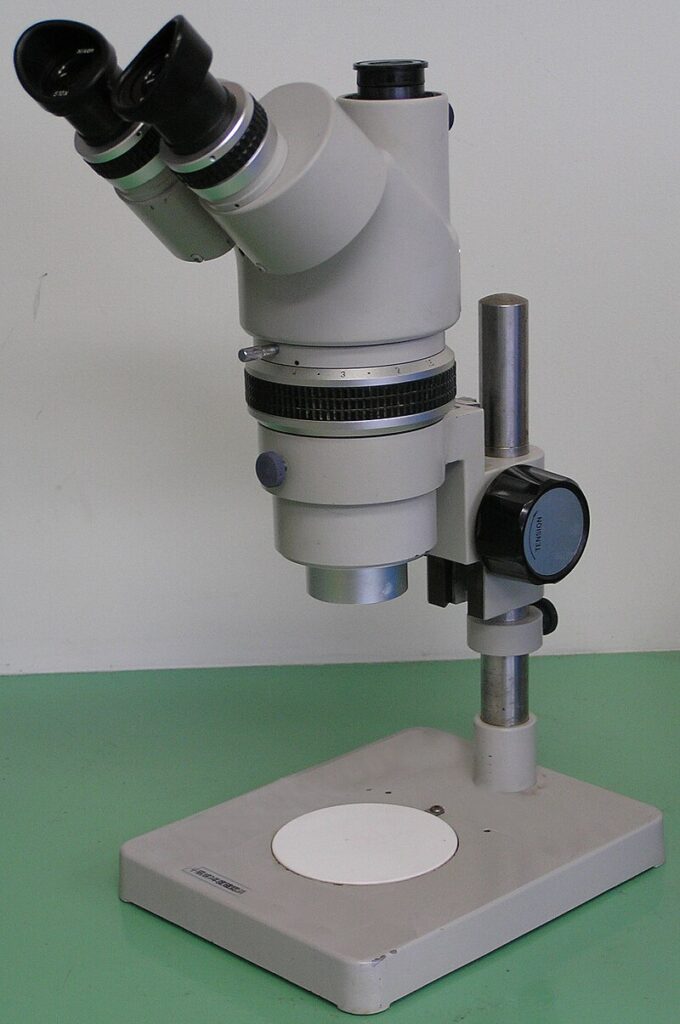Backlinks play a crucial role in improving website rankings and enhancing SEO success for businesses operating online. They serve as endorsements from other websites, signaling to search engines that a site is credible and authoritative. The more quality backlinks a website accumulates, the higher it is likely to rank on search engine results pages SERPs. This, in turn, leads to increased visibility, organic traffic, and potential business growth. Search engines like Google use backlinks as a major ranking factor in their algorithms. When a website links to another, it essentially vouches for the linked content’s credibility and relevance. However, not all buy backlinks are created equal. Links from high-authority, relevant, and trustworthy sites carry more weight than those from low-quality or spammy sources. Businesses must focus on earning backlinks from reputable industry websites, blogs, and directories to boost their SEO efforts effectively. One of the best ways to acquire quality backlinks is through content marketing.

Creating high-value, informative, and engaging content naturally attracts backlinks from other websites looking to reference authoritative sources. Blog posts, infographics, research studies, and case studies are particularly effective in earning organic backlinks. Additionally, guest posting on established websites allows businesses to showcase their expertise while securing valuable backlinks. Another effective strategy is leveraging relationships and networking within the industry. Businesses can collaborate with influencers, bloggers, and industry leaders to gain mentions and backlinks. Participating in industry forums, engaging in discussions on social media, and contributing expert opinions to publications also help in establishing credibility and earning backlinks. Broken link building is another technique that businesses can use to boost their backlink profile. This involves identifying broken links on authoritative websites and reaching out to the site owners with a replacement suggestion preferably linking to relevant content on the business’s website. Backlinks Dude approach provides value to the site owner while securing a quality backlink in return.
Local SEO and business directories also contribute to a strong backlink profile. Listing a business on Google My Business, Yelp, and other local directories provides valuable citations and backlinks that improve search visibility, particularly for location-based searches. Ensuring that all business listings are accurate and consistent across various directories helps enhance credibility and ranking. While backlinks are essential for SEO, businesses must also be cautious about engaging in black-hat link-building tactics, such as buying links or participating in link farms. Search engines penalize websites involved in manipulative link-building practices, which can lead to a drop in rankings or even de-indexing. Instead, focusing on natural and ethical backlink strategies ensures long-term SEO success. In conclusion, backlinks are a powerful tool for improving website rankings and driving organic traffic. Businesses that invest in high-quality link-building strategies, such as content marketing, networking, broken link building, and local SEO, can strengthen their online presence and achieve sustainable growth. By prioritizing relevance, credibility, and ethical practices, businesses can maximize the benefits of backlinks and enhance their overall SEO performance.
